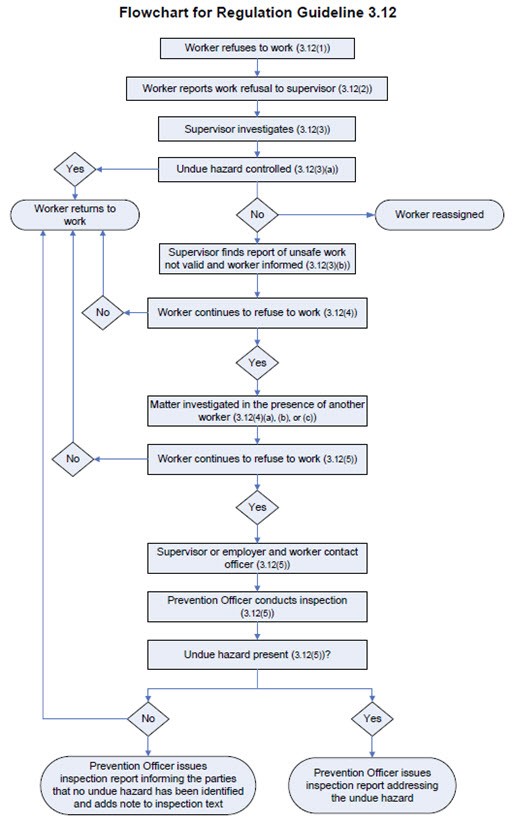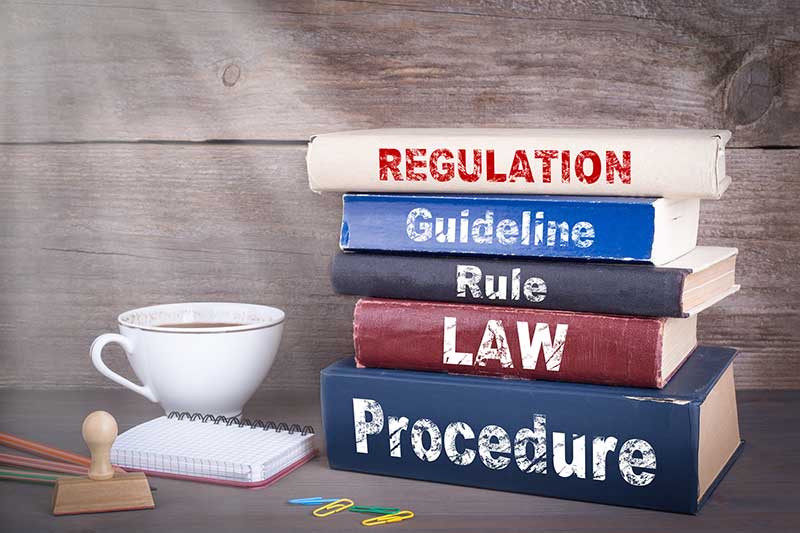The Right to Refuse Unsafe Work
With the current COVID-19 pandemic, worker’s right to refuse unsafe work is being enacted by workers throughout British Columbia. It is important that both the worker and the employees are aware of what this right is and the process followed when it is enacted.
The right to refuse unsafe work comes from WorkSafeBC Occupational Health and Safety Regulations Part 3 Sections 3.12 and 3.13. If workers believe that the work they are performing places them at risk of an undue hazard, in this case COVID-19, they are entitled to have their employer investigate and, if necessary, correct the hazard.
There are three stages when a work refusal occurs:
- Worker reports the unsafe condition to their supervisor/employer who must then investigate
- If after the initial investigation and steps taken the worker still refuses work an additional investigation must occur that involves the employer/supervisor, the worker, and either a worker representative from the health and safety committee or a worker chosen by the worker’s trade union
- If after both investigations the worker still views the work as unsafe and the matter is not resolved, the worker and employer/supervisor must contact WorkSafeBC
It is important that you follow these steps and do not contact WorkSafeBC unless the worker and employer/supervisor have attempted to correct the scenario unsuccessfully. The flow chart found below has been created by WorkSafeBC to provide clear guidance on the steps to refuse unsafe work.




